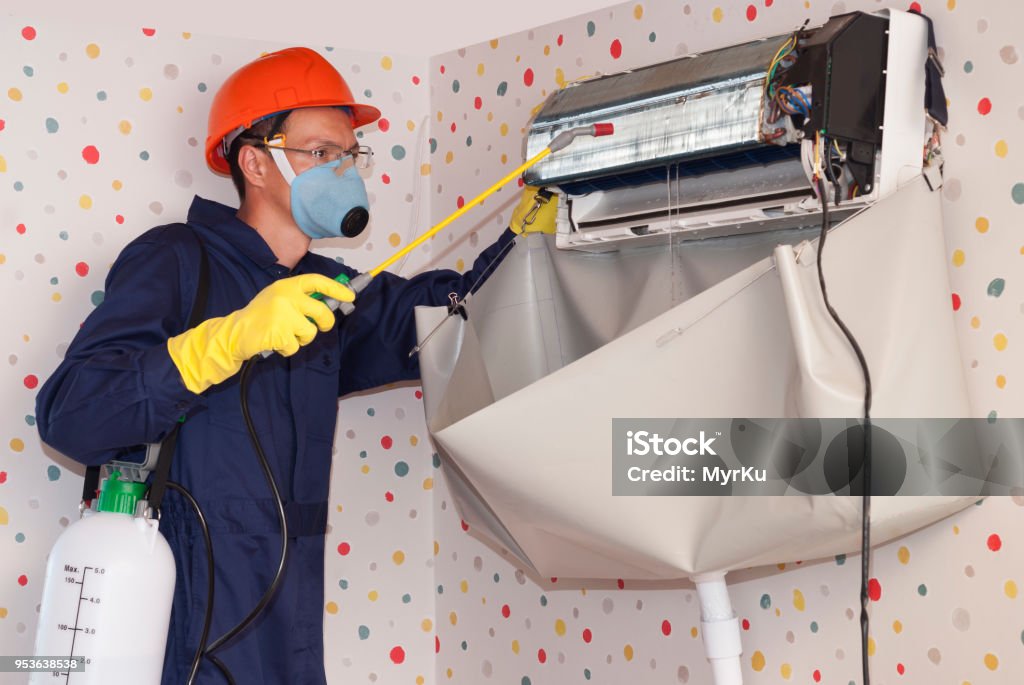When the chill sets in, a malfunctioning furnace can quickly turn your cozy home into an icy nightmare. Fortunately, with some basic troubleshooting skills and a little know-how, you can often diagnose and fix common furnace issues on your own. In this guide, we’ll walk you through the steps to keep your HVAC system in top condition, ensuring your comfort all season long.

Understanding the Basics of Furnace Troubleshooting
Your furnace is a vital component of your HVAC system, responsible for heating your home during colder months. However, like any mechanical device, it can encounter problems over time. By familiarizing yourself with common issues and their potential causes, you can quickly identify the source of the problem and take appropriate action.
Checking for Power Supply Issues
Before diving into more complex troubleshooting steps, start by ensuring that your furnace is receiving power. Check the circuit breaker or fuse box to see if the furnace circuit has tripped or blown a fuse. If everything appears to be in order, move on to inspecting the furnace’s power switch. Sometimes, a simple power reset can resolve minor issues and get your system back up and running.
Inspecting the Thermostat Settings
Your thermostat acts as the control center for your HVAC system, regulating the temperature and ensuring efficient operation. If your furnace isn’t heating properly, check the thermostat settings to ensure they’re correctly configured. Make sure the thermostat is set to “heat” mode and that the temperature setting is higher than the current room temperature. If necessary, replace the batteries and recalibrate the thermostat for accurate temperature readings.
Examining the Air Filters
Clogged or dirty air filters can restrict airflow to your furnace, causing it to work harder and less efficiently. Regularly inspect and replace your air filters according to the manufacturer’s recommendations to maintain optimal performance. A clean filter not only improves air quality but also helps prevent costly repairs and extends the lifespan of your HVAC system.
Inspecting the Air Ducts for Blockages
Blocked or obstructed air ducts can impede the flow of warm air throughout your home, leading to uneven heating and increased energy consumption. Inspect your air ducts for any signs of blockages, such as debris, dust, or furniture obstructing the vents. Use a vacuum cleaner or a soft brush to remove any obstructions and ensure unrestricted airflow for efficient heating.
Checking for Pilot Light Issues
If you have a gas furnace, a malfunctioning pilot light can prevent your system from igniting and heating your home. Remove the furnace cover panel and inspect the pilot light for any signs of damage or soot buildup. If the pilot light is out, follow the manufacturer’s instructions to relight it safely. Additionally, check the gas supply valve to ensure it’s fully open and providing sufficient fuel to the furnace.
Inspecting the Blower Motor and Fan
The blower motor and fan play a crucial role in distributing heated air throughout your home. If you notice weak airflow or unusual noises coming from your furnace, it may indicate a problem with the blower motor or fan. Inspect the motor and fan assembly for any signs of damage or excessive wear. Clean any accumulated dust or debris and lubricate the motor bearings as needed to ensure smooth operation.
Maintaining a properly functioning furnace is essential for staying comfortable and cozy during the colder months. By following this troubleshooting guide and performing regular maintenance tasks, you can keep your HVAC system running smoothly and efficiently. Remember to address any issues promptly to prevent them from escalating into more significant problems. With a little DIY know-how and attention to detail, you can ensure your home stays warm and inviting all winter long.